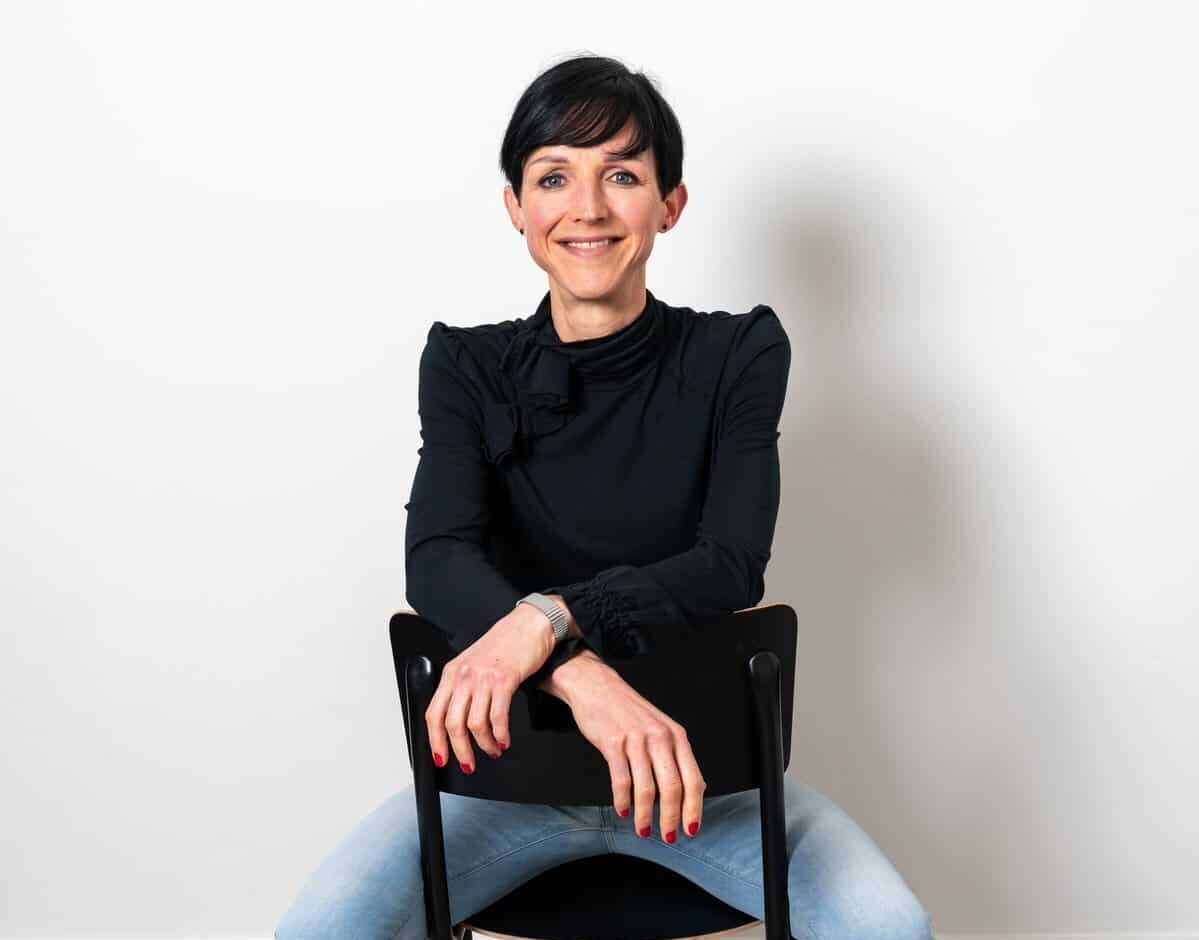"What rate would you attach to this?" Should I have a Q&A bingo card, this one is definitely on it. For many entrepreneurs, setting their prices can be tricky. Do you fully calculate your time and cost investment or just pick a price? And when do you boldly name your price? I would be happy to help you determine your rates and give you tips in the process.
What are you worth?
Sales Objections, who doesn't know them? During a strategy session with an interested client, I was asked if I could also offer a discount. My response was, "Are you looking for the cheapest program, or are you looking for the program that will get you the most results? Then it got quiet on the other end of the line. I heard the imaginary penny drop. Setting your price is all about knowing what you are worth.
Sell more through price psychology
Of course you would like concrete tips around setting your prices. Research on purchasing power and prices has been conducted for years, and some valuable and concrete tips have come out of that research.
Examples of psychological awards;
- Remove the currency sign by your price.
Research found that in American restaurants, the menu without a dollar sign resulted in a whopping 8% more sales. The explanation is that your customers think less about the pain of paying. They focus on what they get, not what they pay. Bijenkorf makes grateful use of this pricing psychology. By the way, it works the other way around, too. Are you giving something away? Then write out the word EURO or place the currency sign.
- Round up your prices.
A very well-known trick within price psychology is the rounding of prices. For example, 4.99 works better than 5.00. When you sell products or services with high prices, this flyer doesn't work. Rounding prices associates with bargains and low quality. This is why luxury clothing brands, for example, do not round up their prices. - Integrate the anchor effect.
Take advantage of the anchor effect when you offer multiple products at different prices. The first price you show has an effect on the prices that follow. When you present a price of 2,500 euros, the next price of 1,000 euros seems like a bargain. - Red prices seem cheaper.
Red prices can work very well, but this only affects the male brain. Research shows that men see red prices as cheaper than black prices. Women, on the other hand, look at the full ad. Well-known websites including Booking.com and Bol.com also use red prices. You can assume that this works for them because these large websites are constantly a/b-testing. - Make your price as short as possible.
Make the prices shorter. So instead of calling it €2,500.00, call it 2,500. The more characters there are, the more effort our brain has to make to process the price. And the greater the effort of our brain, the greater also the price perception.
Calculating the right sales price
There is no one way to calculate your selling price. For example, you can set your price based on:
- Hourly rate
- Sales price calculation based on cost and profit margin
- Set price based on specialty and value added
You probably guessed it ... I prefer to go for the third one. I always tell my clients that they don't pay for my hours, they pay for what it brings them. My knowledge that I share I have accumulated over 20 years. There is blood, sweat and tears in that. You simply can't calculate that back into an hourly rate. In short: I prefer to set rates based on specialty, knowledge and added value. Many of my clients change their hourly rate into a package rate during the process. Or as we like to call it: we go from hourly billing to one price. They get paid for the result. Nice and easy.
In my Program Unlimited Freedom we devote a full module to revenue models. In it, I elaborate on the importance of different revenue streams. Think of income streams in your business, as well as investing in different assets including investing, crypto and real estate. In that module I share many of my experiences and take you through all the possibilities.
